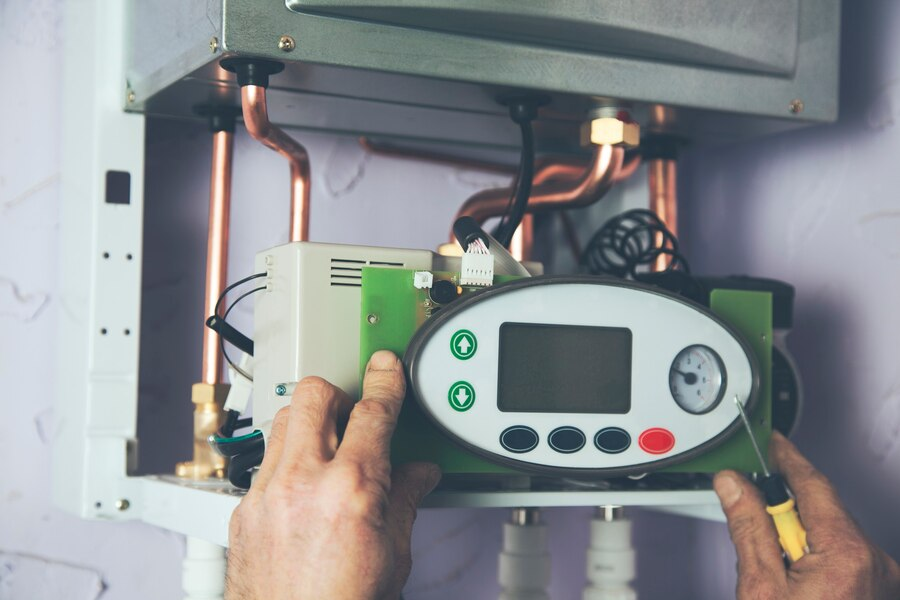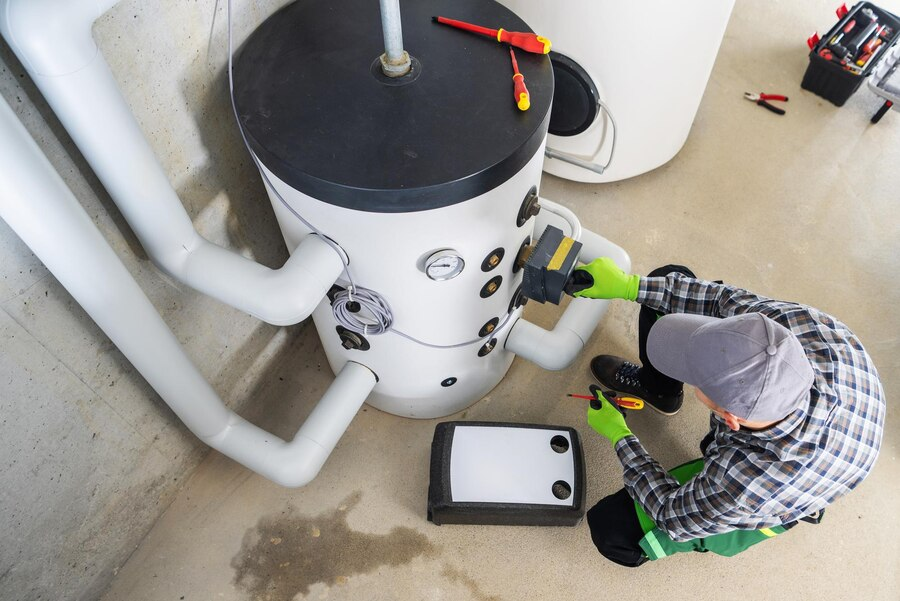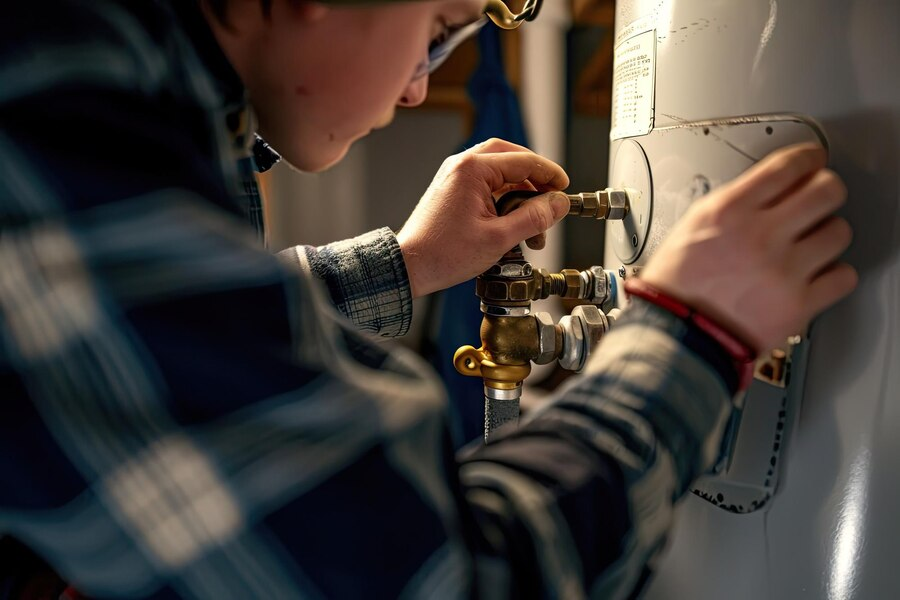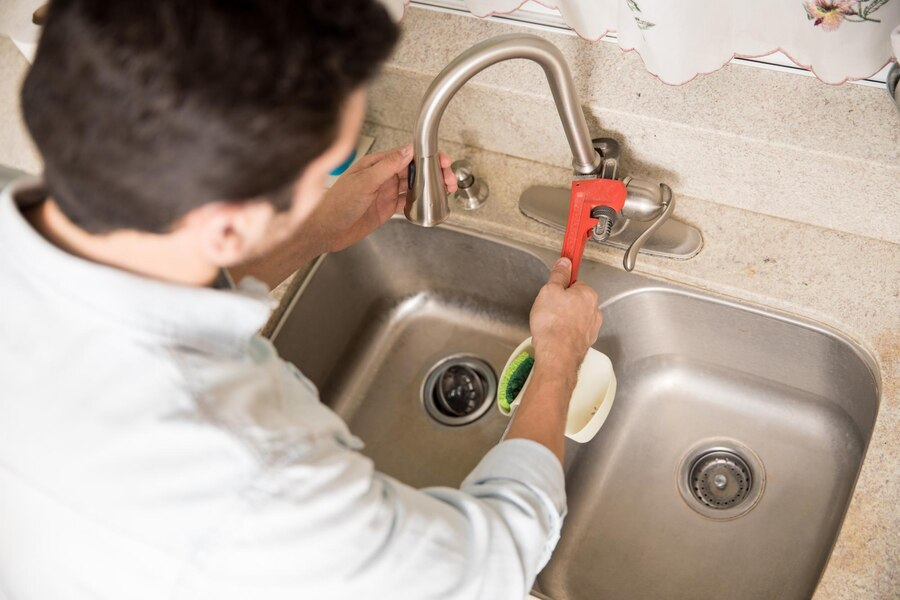Seasonal Heating System Checklist for Homeowners
As the cooler months approach in Northampton, ensuring that your
heating system
is in top shape is crucial for comfort and efficiency. A well-maintained heating system not only keeps your home warm but also helps avoid unexpected breakdowns and reduces energy costs. Here’s a comprehensive checklist to prepare your heating system for the season ahead.
Inspect and Replace Air Filters
Air filters play a critical role in maintaining indoor air quality and ensuring the efficiency of your heating system. Dirty or clogged filters can restrict airflow, causing the system to work harder and potentially leading to overheating. Check the filters monthly and replace them every 1-3 months, or according to the manufacturer's recommendations.
Regularly inspecting and replacing your air filters not only enhances the efficiency of your heating system but also contributes to a healthier indoor environment. By staying on top of this simple maintenance task, you can ensure your home remains warm and comfortable throughout the heating season.
Clean and Inspect Ductwork
Dust and debris can accumulate in your ductwork over time, reducing airflow and decreasing system efficiency. Schedule a professional duct cleaning if you notice dust around vents or if it’s been several years since the last cleaning. Additionally, inspect the ducts for any signs of leaks or damage, and have them repaired promptly to prevent heat loss.
Cleaning and inspecting your ductwork is a critical step in preparing your heating system for the colder months. By following these guidelines, you can improve the efficiency of your heating system, enhance indoor air quality, and ensure a comfortable living environment throughout the season. For a thorough inspection and cleaning, consider reaching out to a professional to ensure your ductwork is in optimal condition.
Test the Thermostat
Ensure that your thermostat is functioning correctly by setting it to a higher temperature and verifying that your heating system turns on. If you have a programmable thermostat, check the settings to ensure they are properly configured for the season. Consider upgrading to a smart thermostat for improved energy efficiency and control.
Testing your thermostat thoroughly ensures that your heating system operates efficiently and effectively throughout the colder months. If you encounter any issues or if the thermostat fails to operate correctly despite your troubleshooting efforts, it may be time to consult a professional HVAC technician for a more in-depth diagnosis and repair. Properly functioning thermostats are vital for maintaining a comfortable and energy-efficient home environment.
Inspect and Clean the Furnace
If you have a furnace, inspect it for any visible signs of wear and tear. Clean the furnace, including the burner and blower components, to ensure optimal performance. Additionally, check the furnace’s ignition system and ensure that the pilot light or electronic ignition is functioning correctly.
Turn Off Power and Gas Supply
Before starting any maintenance work, ensure your safety by turning off the power to the furnace. Locate the power switch near the furnace or on the electrical panel and switch it off. If you have a gas furnace, turn off the gas supply at the shutoff valve near the unit. This will prevent any accidents during the inspection and cleaning process.
Inspect the Furnace for Visible Issues
Begin by examining the exterior of the furnace for any signs of damage or wear. Look for rust, leaks, or any unusual noises coming from the unit. Pay close attention to the vents and flue pipe for signs of blockages or deterioration. Any visible issues should be addressed promptly by a professional.
Clean or Replace the Air Filter
The air filter in your furnace plays a crucial role in maintaining good indoor air quality and ensuring efficient operation. A dirty or clogged filter can restrict airflow, causing the furnace to overheat or work harder than necessary. Remove the filter and inspect it. If it’s dirty, either clean it (if it’s a washable filter) or replace it with a new one. It’s generally recommended to replace air filters every 1-3 months, depending on usage and the type of filter.
Examine the Blower Assembly
The blower assembly is responsible for circulating warm air throughout your home. Over time, dust and debris can accumulate on the blower blades and motor, reducing efficiency. Access the blower assembly by removing the furnace panel. Use a vacuum with a brush attachment to gently clean the blower blades and surrounding area. Be careful not to damage any components. If the blower motor appears dirty or is making unusual noises, it may need professional attention.
Clean the Furnace Burner
The burner is responsible for igniting the gas and producing heat. Dust and debris can interfere with the combustion process, leading to inefficient heating or safety concerns. To clean the burner, remove the access panel and inspect the burner for soot or residue. Use a soft brush or vacuum to remove any buildup. If you notice any issues with the burner flames, such as yellow or uneven burning, consult a professional for further inspection.

Examine Radiators and Baseboard Heaters
For homes with radiators or baseboard heaters, ensure that they are free of dust and obstructions. Bleed the radiators if necessary to remove any trapped air, which can cause uneven heating. Check that the valves are functioning properly and that there are no leaks.
Inspect the Chimney and Flue
If your heating system includes a fireplace or wood stove, inspect the chimney and flue for any blockages or creosote buildup. A professional chimney sweep can perform a thorough cleaning and inspection to ensure safe operation and prevent chimney fires.
Check Carbon Monoxide Detectors
Carbon monoxide
detectors are essential for safety, especially during the heating season when appliances are in use. Test your detectors to ensure they are functioning properly and replace the batteries if necessary. Consider installing detectors in key areas such as bedrooms and hallways.
Schedule a Professional Inspection
It’s always a good idea to have a professional HVAC technician perform a thorough inspection of your heating system before the season begins. They can identify potential issues, perform necessary maintenance, and ensure that your system is running efficiently.
Conclusion
Ensuring your heating system is in top shape is crucial for a warm and efficient home. By following this seasonal checklist, you can identify potential issues early, improve system efficiency, and ensure your heating operates smoothly throughout the colder months. Regular maintenance not only prolongs the lifespan of your system but also contributes to a safer and more comfortable living environment.
For professional assistance with your heating system, Plumbing & Heating. Gas Engineer Northampton is here to help. Contact us today at +44 1604 343223 to schedule your seasonal inspection or for any heating system inquiries.



